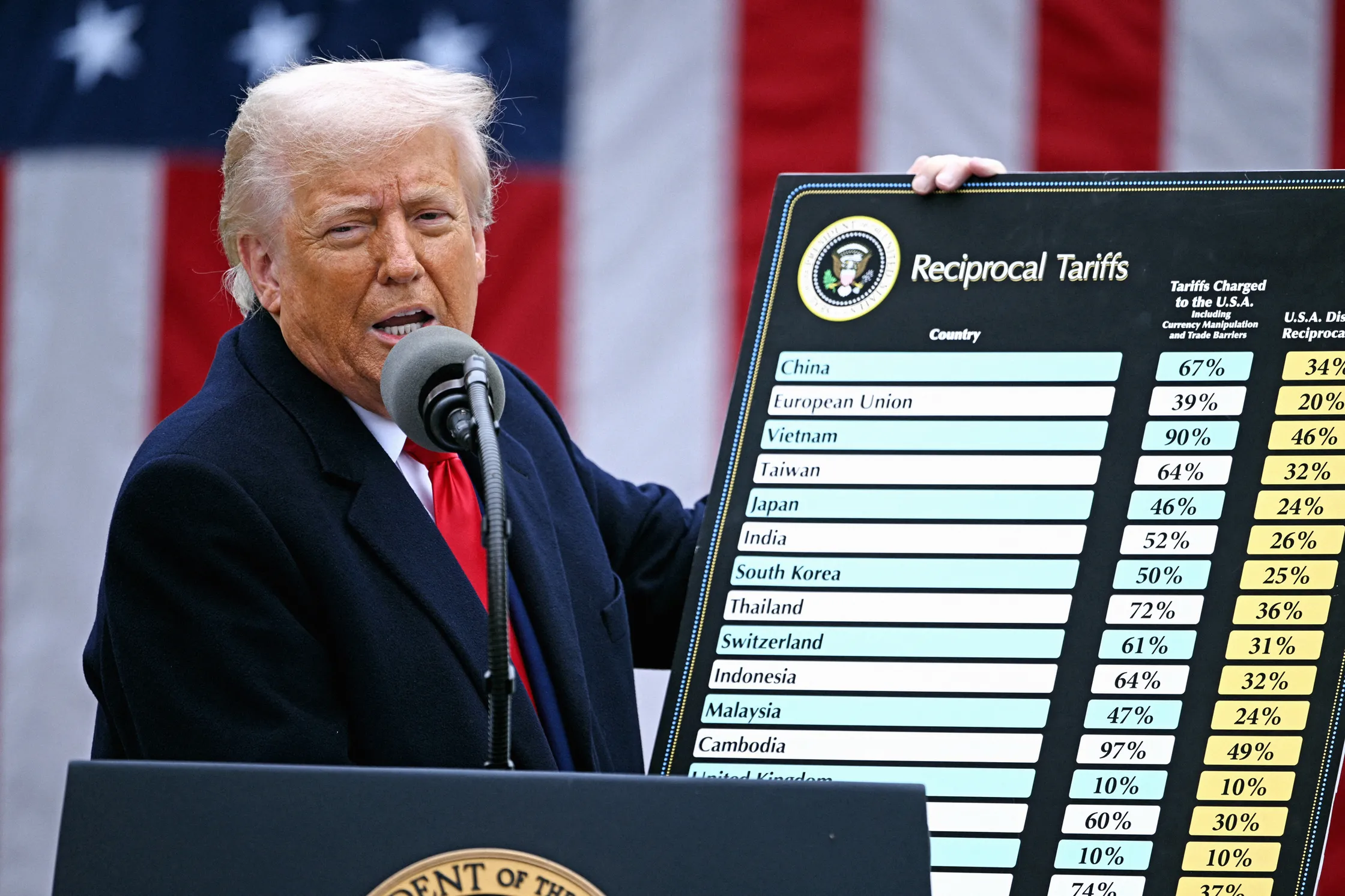Why GPUs Are the Backbone of the AI Boom
GPUs were once considered the unsung heroes of the gaming world—but now, they’re the fuel for everything from ChatGPT to autonomous vehicles. Capable of massive parallel processing, GPUs enable AI models to process vast datasets and train neural networks at scale. Tech Estate Empire has previously emphasized the increasing dependency on these chips, especially in the age of large language models and advanced machine learning.
Companies like Nvidia, AMD, and TSMC (Taiwan Semiconductor Manufacturing Company) are the linchpins of this ecosystem. But these industry leaders are now caught in the crosshairs of trade policy, as tariff confusion makes financial forecasting and supply planning increasingly difficult.
Tariff Confusion: What’s Actually Affected?
The crux of the issue lies in the interpretation of new tariffs enacted by the U.S. government. While raw semiconductor components may be exempt, complete GPU units—particularly those embedded in servers or custom-built for AI—appear to fall into a regulatory grey area. That uncertainty has already spooked investors and raised alarms in boardrooms.
The market impact was immediate and sharp. Nvidia saw a nearly 8% drop in its share price, while TSMC and other chip manufacturers also experienced significant losses. Meanwhile, major U.S. tech firms such as Google, Microsoft, and Amazon collectively lost over $1 trillion in market capitalization in a matter of hours, according to analysts tracking tech news.
Despite efforts by industry insiders to gain clarity from government agencies, as of now, the response has been vague at best. This lack of direction only intensifies the pressure on tech companies to plan for worst-case scenarios—ranging from production delays to skyrocketing costs.
Tech Giants Are Pivoting Fast—And Getting Creative
Companies are responding swiftly and decisively. Nvidia, for example, is exploring ways to localize more of its production, potentially shifting some operations stateside. The move would reduce reliance on Taiwanese and Chinese manufacturing and serve as a hedge against further tariffs or sanctions.
Meanwhile, OpenAI—whose GPT-powered tools are among the biggest GPU consumers in the world—is reportedly accelerating its in-house chip development initiative. This strategic pivot could shield the AI leader from external shocks and better control their infrastructure supply chain. It’s a move that mirrors what Techestateempire has noted in the broader trend: vertical integration is no longer just efficient—it’s becoming essential.
You can read more about how companies are restructuring their supply chains in our recent feature on U.S. restrictions on Chinese tech firms.
National Security Meets Market Volatility
As with TikTok, Huawei, and other major players affected by U.S.-China tensions, the justification for these new tariffs stems from national security. Concerns include potential backdoors in AI infrastructure, data exfiltration, and intellectual property theft. While some argue that such concerns are legitimate, others believe they mask economic protectionism under the guise of security.
This echoes issues raised in our report on recent Chinese cyberattacks on U.S. infrastructure, reinforcing the idea that the battle over chips is as much about control as it is about capability.
AI Innovation at Risk? Tech Leaders Voice Concerns
AI development doesn’t wait for trade wars to cool down. Every delay in chip supply or increase in hardware costs could mean stalled projects, missed opportunities, or bottlenecks in innovation. And that has broader implications.
Smaller AI startups that rely on external GPU access, such as through cloud providers like AWS and Google Cloud, may face pricing increases. Meanwhile, data centers already working at capacity may struggle to scale up operations if hardware procurement slows down.
In our recent editorial on Trump’s broader impact on tech investment, we explored how economic decisions like tariffs shape both investor confidence and technological momentum. This tariff moment is no different—except it affects the very chips that make AI tick.
What Techestateempire Predicts for the Road Ahead
At Tech Estate Empire, our analysis suggests that this tariff turmoil is only the beginning. Expect to see:
- Accelerated chip independence efforts by U.S. firms, similar to what OpenAI is pursuing
- Expansion of domestic semiconductor manufacturing fueled by initiatives like the CHIPS Act
- Increased investment in AI-specific hardware startups as alternatives to Nvidia and AMD
- A stronger focus on supply chain transparency across the tech landscape
Most importantly, we expect to see a rise in AI geopolitics—where AI hardware becomes not just a commodity but a strategic asset.
Final Thoughts: Navigating the Intersection of Policy, Chips, and Innovation
What’s unfolding with GPUs and tariffs isn’t just a regulatory hiccup—it’s a signpost for the future of global tech. As governments flex their muscles through trade and security policies, tech firms must learn to adapt in real time.
From AI labs to data centers, the ability to secure consistent access to advanced hardware will define who leads the next wave of innovation. And as we’ve seen with TikTok, cybersecurity, and now GPUs, tech is no longer separate from politics—it is politics.
For more analysis, breaking headlines, and future-forward insights, keep your eyes on Techestateempire—your go-to hub for the latest tech news that shapes economies, industries, and the future of digital life.

